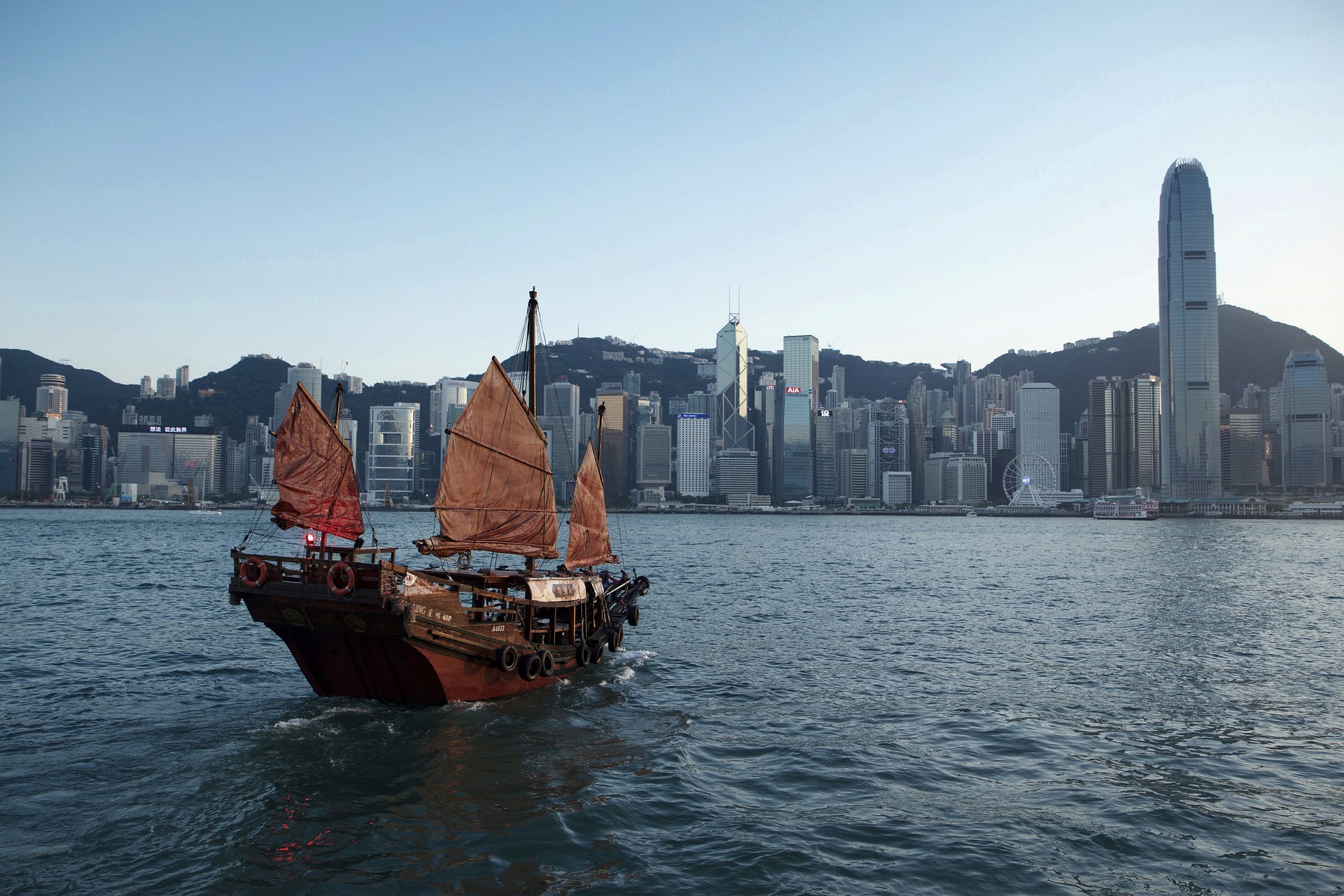There are many logistics articles online related to promote owning, controlling and optimizing your supply chain. However the key is to develop your own strategy based upon your issues and your network of providers. This week Paula Bellamy, Managing Director of OL UK and UAE, emphasizes the importance of asking the right questions and addressing the critical issues when creating your supply chain strategy.
1.) Clear Communication Internally

There cannot be any disconnect between people on the desk and top management. Be sure the information you pass between yourselves is clear & precise.
2.) Establish Transparency
Again, clear precise details need to be collected from the manufacturer/supplier to transport provider, to vessel operator, to distribution center. Every provider in each step of your supply chain needs to give clear and precise, regular information. This needs to be recorded as such for the internal team.

3.) Map Your Supply Chain

This should be done for every segment. Even a basic excel sheet will help. This point is often overlooked in the complex world of logistics, but a basic spreadsheet is easily shared amongst internal colleagues for a clear understanding of where you are at.
4.) Establish KPIs
Be clear on what milestones are important, and even critical, in your logistics organization. What are your options if dates change unexpectedly? These KPIs will help you manage and measure your supply chain.

5.) Reset Your Expectations

Lead times don’t always work out the way you planned. Build in a buffer. The logistics world is currently unpredictable therefore the unexpected does happen, you need to be ready.
6.) Explore Your Options and Alternatives
Can you look at alternative routings? Do you have a Plan B in case of strikes at a port? Can you jump to an sea/air solution, and do you have the budget to move via air if sea is not an option? Can you move more quantity when the rates/space is good? How many freight providers are you talking to?

7.) Isolate Troubled Suppliers

By suppliers we mean factories/manufacturers, where you source from. If you measure their activity, you can isolate who is not meeting their dates. Once you highlight issues you can make decisions to improve your partners.
8.) Select a Carrier That Matches With Your Network
You also should include a NVOC carrier or two. All carriers / NVOC’s or freight forwarders are not the same. Some carriers need containers into certain areas and others are not interested. Some have space and some do not. This is where using an NVOC or freight forwarder is the key to more choice versus signing with one carrier.

9.) Cost Average Each Segment

Generally you cannot just go for the cheapest rate, as cheap can cost you in the long run. If you research the market from cheap to expensive and then budget for expensive, you can push for a reduction. Sometimes, to secure the space, the rate has to be higher. Know your needs.
Ultimately, it is up to you to know your supply chain. By creating a custom supply chain strategy, you can streamline your process, addressing your most vital issues and concerns while preparing for the unexpected.
For more information on OL’s expansive services, visit https://www.ol-usa.com/services/
If you found this article helpful, follow us on any of our social networks listed below for more supply chain news and information.
About OL
OL USA has become one of the fastest-growing bonded NVOCCs in the world and has service contracts with the highest-rated ocean carriers. Through our integrated network of agents across the globe, we have a presence in all major trade and business centers. Working with importers, exporters, and freight forwarders, we can move their goods quickly and efficiently and provide a breadth of door-to-door services worldwide.
OL USA offers our clients a single-source experience from beginning to end, along with the technology to handle today’s globalized market. OL USA is Local, Around the World.


